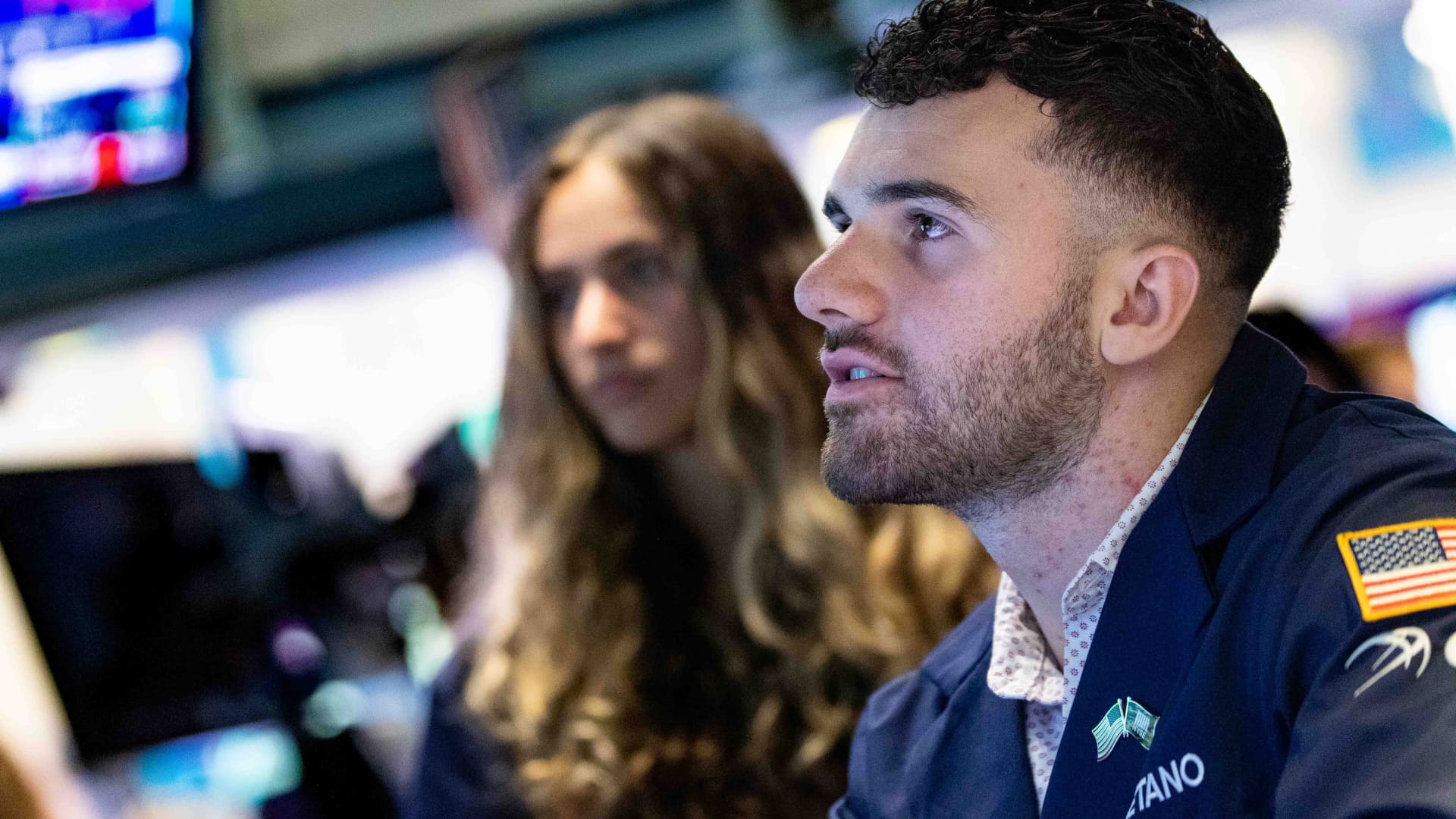US Markets
Wednesday, September 14th, 2022 11:25 am EDT

The stock market could still see a fourth quarter rally, but it’s likely to first feel more pain. Strategists who follow charts say the big sell-off Tuesday was a negative and signals more selling ahead. But the market also could reach a bottom from which to pivot in the next couple of weeks, and the debate is whether that level will be below the June lows or above them. Parts of the market were marginally higher Wednesday after Tuesday’s sharp decline. The S & P 500 fell 4.3% Tuesday, its worst one-day performance since June, 2020. The sell-off came after a report of higher-than-expected consumer inflation Tuesday morning. That caused investors to reassess how aggressive the Federal Reserve could be in its fight against inflation. It also threw into doubt whether the market will continue to follow the road map analysts expect to see in a typical mid-term election year. In most mid-term years, the market is typically negative in the second and third quarter, before bottoming in the third quarter, and rallying in the fourth quarter. Ed Clissold, chief U.S. strategist at Ned Davis Research, said the Dow Industrials and S & P 500 do not need to go as low as the June lows in order to see a restest. The S & P touched 3,636 in mid-June, around the same time that the 1 0-year Treasury yield peaked at just below 3.5%. Stocks had been higher ahead of Tuesday’s consumer price index, on expectations the data would show improvement and the Fed would soon be able to pause its rate hiking. Giving back what it gained “For the most part, the market gave back what it gained over the previous several sessions,” said Clissold. “We had been thinking this was the best window for a retest going into late September, early October.” Clissold said while Tuesday was a negative day, it did not give a clear signal whether the retest will fail. “From a broader perspective, the market backing and filling and trying to figure out if it can mount a year end rally or not, that’s probably what the next few weeks are about,” Clissold said. Mark Newton, Fundstrat global head of technical strategy, said he expects the S & P could break last week’s lows and possibly trade down to the 3,650 to 3,750 area. The June low was 3,636, and the S & P was at about 3,950 Wednesday afternoon. “Tuesday’s selloff looks important and negative technically, and likely jumpstarts the decline into early October,” notes Newton. “At present, cycles look negative for at least the next three weeks,” he added. The reversal in stocks Tuesday came alongside a selloff in the dollar, rising Treasury yields and decline in cryptocurrencies. “All these sudden reversals likely could persist into early October. That should ultimately pave the way for higher prices in Q4 given how bearish sentiment was in recent weeks,” Newton added. Oppenheimer technical strategist Ari Wald also expects the market to move higher in the fourth quarter, following the typical course of a mid-term election year. He added that he studied the S & P 500 following one day declines of 4% or more and found the market is typically positive a month, three months and a year later. Based on data going back to 1928, he said the S & P was higher by an average 1.1% one month after a major sell-off, compared to the average gain of 0.6% during any one month. After 12 months, the S & P averaged a 15.3% gain, better than the average 8% gain in a year. Siding with higher lows Wald said he expects the market could find a near term bottom soon. “We are siding with a higher low, rather than a lower low. A less intense lower low is possible,” he said. Wald said he still expects a fourth quarter bounce. The leaders of that move could be big cap tech, which have been lagging. “It’s their weakness that has dragged the market…It’s actually masking the improving conditions under the surface,” he said. For big cap tech, “once we get that turn they’ll likely be part of that but they’ll likely be in the penalty box near term,” he said. Investors are now betting the Fed will raise interest rates higher than they had expected before the release of August’s CPI. That report showed a 0.1% gain in CPI, while the market expected a decline of 0.1%. In the futures market, the Fed’s terminal or end rate, was priced at 4.38% Wednesday, up sharply from just below 4% before the CPI report. That is the rate where the Fed is expected to stop raising rates. The Fed meets next Tuesday and Wednesday and is widely expected to raise interest rates by 75 basis points, though a t least one Wall Street firm expects a full percentage point hike. A basis point equals 0.1 of a percentage point. Besides raising rates, the Fed will present new forecasts for interest rates, inflation and the economy Wednesday afternoon. “That’s going to be the next big piece of information that the markets will digest, and what the CPI report does is it increases the likelihood the Fed is going to maintain its stance of continuing to hike rates,” said Clissold. He also said the Fed is going to continue to sound hawkish to maintain its credibility. “They don’t want to appear wishy washy. They are going to maintain this stance until they are ready to pivot,” he said. This post has been syndicated from a third-party source. View the original article here.




